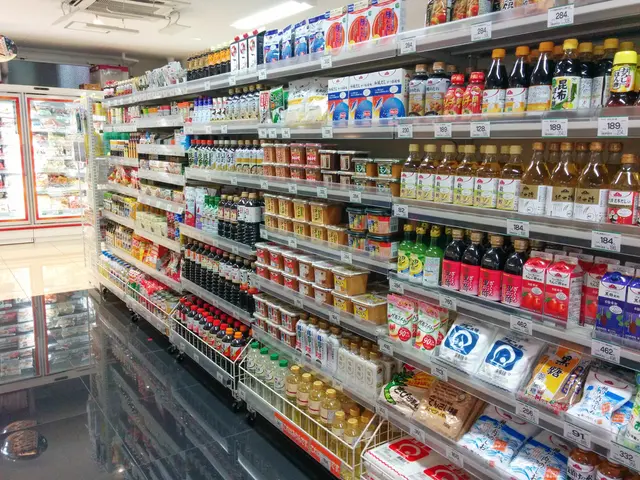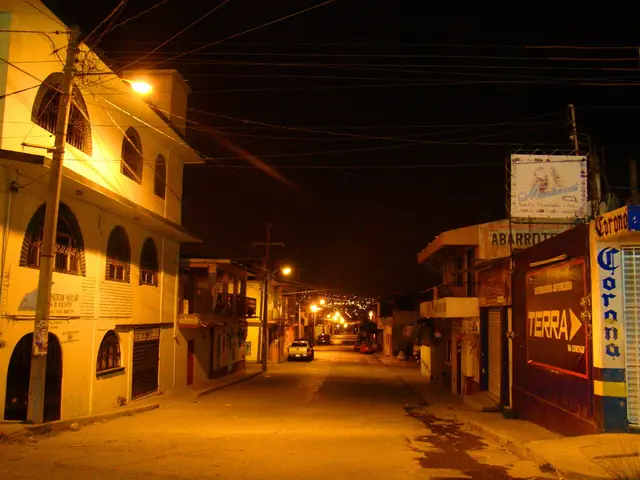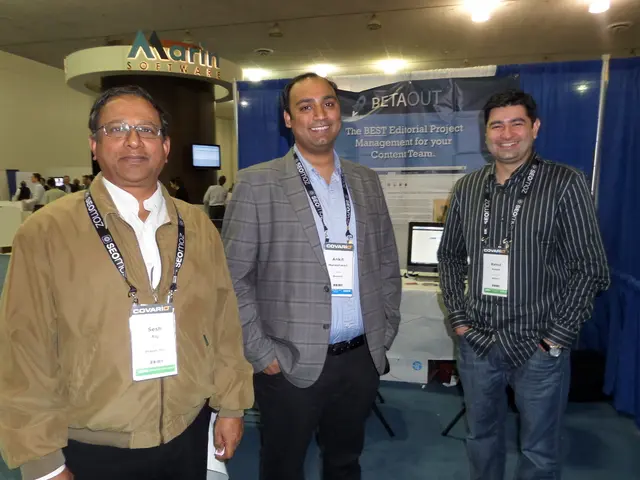Innovative Students Design Drone-Detecting Offshore Currents to Prevent Marine Drownings
Title: Ton Duc Thang University Students Develop AI-Powered Drone to Combat Marine Drownings
Day in and day out, marine drownings continue to claim countless lives across the globe. In an effort to combat this crisis, students from Ton Duc Thang University have taken decisive action, pooling their knowledge and resources to develop an advanced AI-powered Unmanned Aerial Vehicle (UAV). This innovative drone is equipped with cutting-edge technology to aid in drowning prevention, targeting key areas lacking proper safety measures and effective rescue equipment.
The Visionary Idea
Student teams at Ton Duc Thang University recognized the significant roles AI, drone technology, and marine safety knowledge could play in saving lives and reducing drownings. Their pioneering project aims to enhance rescue operations, lessen the toll of this tragic issue, and help turn the tide in favor of maritime safety.
Key Features of the AI-Powered UAV
- AI-Based Detection and Recognition: Harnesses deep learning algorithms to identify and pinpoint human distress signals in real-time, using footage from high-resolution cameras.
- High-Definition Thermal and Optical Cameras: Optical cameras offer crisp visual confirmation, while thermal sensors help detect individuals in low-visibility conditions, such as night or fog.
- Autonomous Navigation and Hovering: AI controls the UAV’s autonomous patrolling of predetermined marine areas, with the ability to hover stably over detected targets for continuous monitoring.
- Real-time Communication and Alerts: Transmits live visual feeds and alerts to rescue operators and local authorities for swift intervention.
- Emergency Aid Delivery: Upon identifying individuals in distress, the UAV deploys flotation devices or signaling equipment to buy time until human rescuers arrive on the scene.
Applications and Impact
The AI-powered UAV offers numerous benefits for a variety of scenarios. By patrolling popular swimming spots, offshore platforms, and hard-to-reach areas, it prevents drownings from going undetected and helps cut response times. The cost-effective and scalable solution allows for multiple drones to cover extensive marine areas simultaneously. In turn, this innovative technology encourages collaboration between AI researchers and those dedicated to improving maritime safety.
The Future of Maritime Safety
The drone alerting dangerous water areas developed by a group of students at Tôn Đức Thắng University in HCM City. Photo giaoducthoidai.vn
The AI-powered UAV is a beacon of hope for drowning prevention, offering a first line of defense against the silent threat of the sea. As its capabilities grow and improve, it paves the way for further innovations in AI, robotics, and emergency response technology. In the years ahead, these advancements will ensure that precious lives are saved and the drowning crisis is effectively addressed.
- Collaboration with Hydrological and Environmental Science Researchers: Integration of environmental data and climate-change predictions can help the AI system anticipate and prepare for dangerous weather conditions such as rip currents or storm surges.
- Expansion into Climate-Change Mitigation: The AI-powered UAV can potentially monitor and report on risks associated with climate change, such as eroding coastlines, hurricane paths, or changing hydrological patterns.
- Partnership with Financial and Energy Industries: Collaboration with these sectors can facilitate the development and implementation of renewable energy solutions to power multiple UAVs, making them more sustainable.
- Integration with Data-and-Cloud Computing Technology: Enabling secure, real-time data sharing among operators, local authorities, and research institutions to optimize the UAV's performance and impact.
- Potential Application in Conflict Zones: Investigating the practicality of adapting the technology to detect unlawful activities, such as oil transportation or human trafficking, in areas affected by war or strife.
- Leap into Sports and Sports-Betting: Developing applications involving surveillance of large sports events for crowd control, security, or even to predict the outcome of water sports competitions.
- Promotion of Awareness and Education: Fostering partnerships with schools, government agencies, and non-profit organizations to raise awareness about drowning prevention and the importance of safe maritime practices.
- Empowering Minh and Others to Lead Future Innovations: Inspiring future generations of scientists, engineers, and entrepreneurs, like Ton Duc Thang University student Minh, to pursue ambitious projects that contribute to building a safer world for all.








